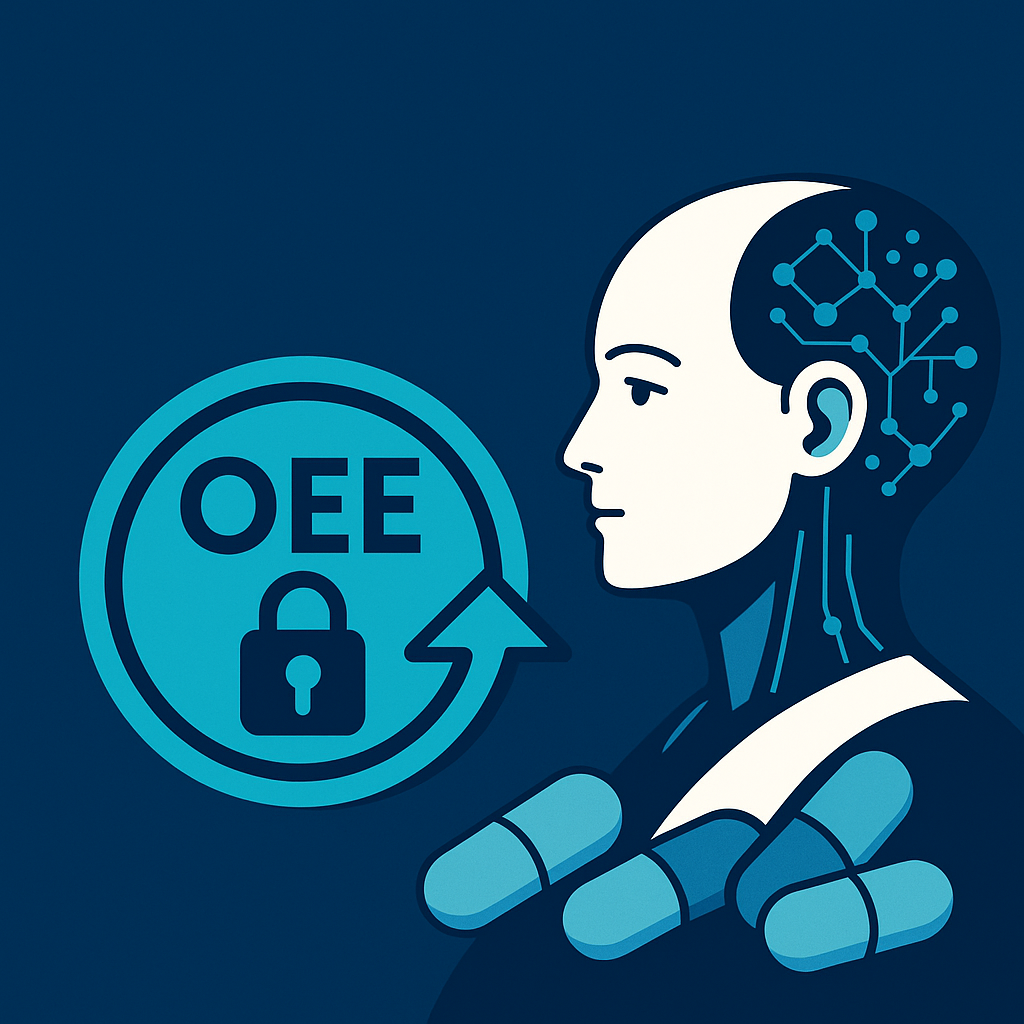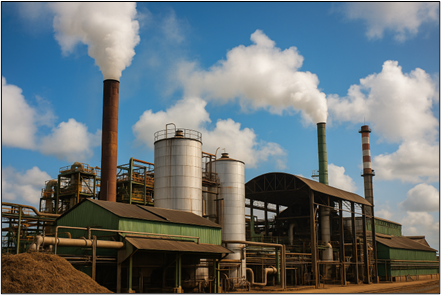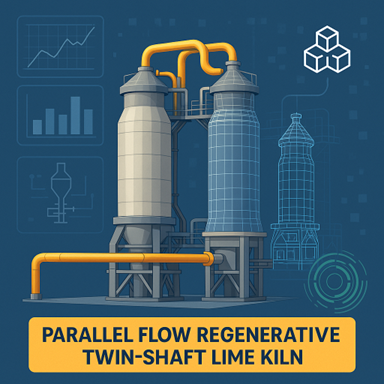Achieving Operational Excellence in Metals and Mining with Data Fabric Implementation

Introduction
In the dynamic and complex landscape of metals and mining operations, achieving operational excellence is crucial for sustaining competitiveness and driving long-term success. The effective implementation of a data fabric architecture, supported by an ISA95-based equipment hierarchy, offers an opportunity to incrementally transform the implementation of the solution to streamline processes, optimize resources, and enhance overall performance.
About
Fabric has been a proven solution for manufacturing industries as metal /mining operations, having diverse complex legacy systems in place, which are difficult to connect and integrate. Industry 4.0 has been a key enabler for operationalizing the previously centralized data with more visibility and informed, actionable insights at every level from shop to top management. Fabric has been a concept that gets effectively implemented and utilized with a strategic deployment of several elements, such as ISA95, UNS, and others.
The ISA95 standard provides a structured framework for defining equipment hierarchies and data exchange between various levels of manufacturing systems. By aligning with ISA95 principles, metals and mining organizations can establish a standardized and hierarchical structure for their equipment and processes, enabling seamless integration and communication across different layers of the operation. Complementing the ISA95 framework is the implementation of a data fabric architecture, which serves as the foundation for efficient data management, integration, and analysis. Data fabric enables organizations to aggregate, harmonize, and analyze data from disparate sources, including equipment sensors (IIOT, Historians), production systems (EMS, vibration monitoring systems), and enterprise applications (MES, ERP, SAP, and others). This holistic approach to data management facilitates real-time visibility into operational performance, empowering decision-makers to identify bottlenecks, optimize workflows, and drive continuous improvement initiatives. Refer

Benefits
The benefits of implementing a data fabric extend beyond operational efficiency to environmental sustainability and cost reduction. By leveraging integrated data insights, metals and mining companies can optimize energy consumption, reduce carbon emissions, and minimize waste generation throughout the production process. Additionally, enhanced data visibility enables proactive maintenance strategies, minimizing downtime and maximizing asset utilization. Furthermore, data fabric empowers organizations to enhance product quality by leveraging advanced analytics and AI-ML algorithms to identify patterns, anomalies, and potential defects in real time. This proactive approach to quality management not only improves customer satisfaction but also reduces rework and waste, leading to significant cost savings and higher profitability.
With the rising production demands and market dynamics, effective implementation of a data fabric architecture, supported by an ISA95-based equipment hierarchy, is essential for achieving operational excellence in metals and mining operations. By harnessing the power of integrated data insights, organizations can reduce their carbon footprint, improve product quality, lower production costs, and optimize energy management, positioning themselves for sustained success in a competitive global market.
Domain-Wise PlantGPT
It is built around purpose-designed micro-agents that collaborate to provide real-time conversational assistance, decision support, and advisory insights tailored to daily plant operations.
Book a Demo →Dx. Consulting Services
Our strength lies in the fusion of deep consulting experience, process domain expertise, and digital execution excellence. This rare combination enables us to go beyond traditional digital transformation.
Book a Meeting →Agentic AI Services
Knowledge Graph as a Service (KGaaS) is a scalable, agent-driven platform that transforms siloed, unstructured, and structured industrial data into a semantically connected, intelligent knowledge network. Built on industry standards and ontologies, the platform enables next-gen applications in root cause analysis, process optimization, SOP automation, and decision augmentation.
Book a Meeting →Related Blogs

Smarter OEE: Unlocking Pharma Efficiency with Agentic AI

Forecasting Failures: Smart Maintenance of Falling Film Evaporators in the Sugar Manufacturing industry


